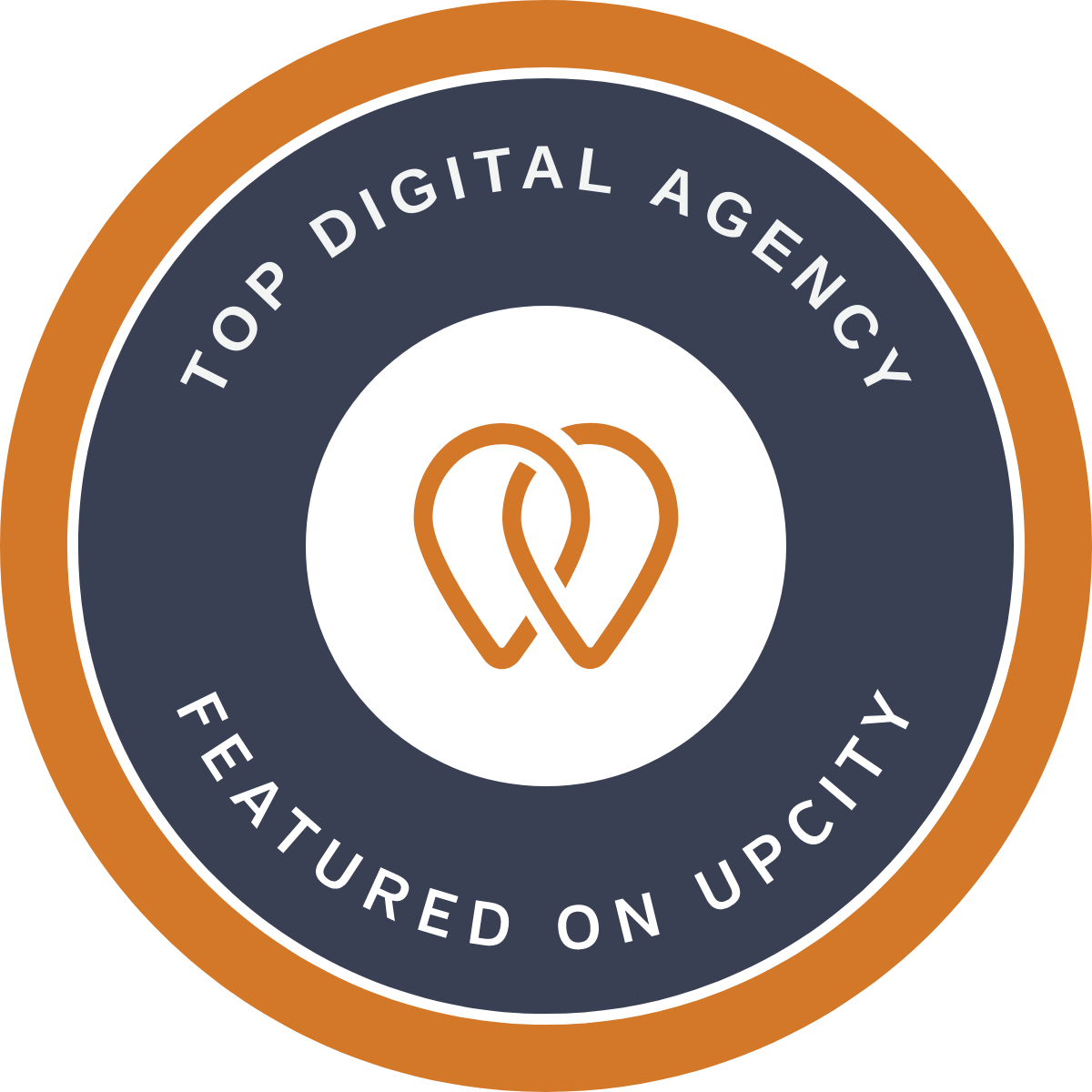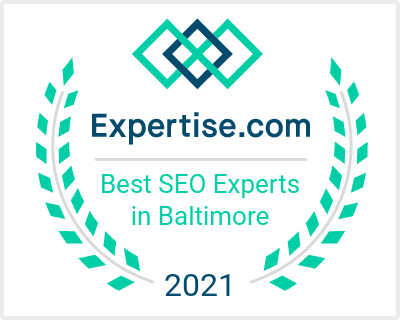As a business owner, you know just how important lead generation is. Your company needs leads in order to secure new business and keep your company moving forward. So today, we’re going to take a look at some of the most frequently asked questions pertaining to leads and lead conversion strategies.
- SalesGig, experts in lead generation, has defined a lead as “A lead is any person acting on behalf of themselves or another business who has expressed an interest in the products or services that your business is offering — in other words, a potential customer.”
They went on to explain the difference between a lead and a prospect (because they are different), “A lead is someone who has expressed interest in your company, product or service and may have limited to no interaction with your company. Expressing interest doesn’t mean they’ve contacted you directly, but can also mean that they’ve visited your website, subscribed to your blog, filled out a form, etc. However, at the end of the day, whether a prospect or a lead, the end goal of converting them to customers remains the same.”
If you are looking for more information on things like sales, cold calling, lead generation, etc. check out SalesGig’s blog section here: https://www.salesgig.com/blog.
Now that you know what a lead and a prospect are, let’s continue.
Do you remember Darwin’s notion of ‘survival of the fittest’?
To get a spot in the list of “fittest”, businesses need to attract and acquire leads for their survival. Moreover, these potential leads are converted into future loyal customers through various strategies and tactics.
Keep on reading if you’d like to learn how leads are transformed into recurring loyal customers with the help of numerous lead conversion strategies.
In this article, we’ll talk about the following:
· What is lead conversion?
· Lead conversion strategies
· What is the lead conversion funnel?
· Lead conversion calculator
What is Lead Conversion?
The idea that investing in marketing activities or building an extravagant looking website is more than sufficient to catch the attention of web strollers and convert them into leads is quite common. But that is where most businesses fail today.
Lead conversion is not merely about making these fence-sitters visit your website; it is about transforming them into a lucrative opportunity while nurturing them and eventually converting them into loyal, recurring customers. The end goal is to qualify a lead and nurture them through your sales funnel until they convert to a paying customer.
All kinds of businesses endeavor to turn prospects into leads and then convert those leads into paying customers. The lead converting process primarily includes the following steps:
- Attract customers by creating awareness through marketing efforts like SEO, social media posts, blogs, events, PPC ads, etc.
- Acquire customer details to come up with suitable actions to convert them into customers through effective lead generation methods, such as having them fill out a lead form.
- As soon as a potential customer buys a product or service offering from a business, it converts them from being merely a lead into a customer.
- Once the lead is converted into a paying customer, upselling strategies, email marketing, or social media marketing are used to make sure they keep coming back for more. This helps you build brand loyalty.
- Successful businesses know that customers are their biggest promoters and players in bringing in new leads. Therefore, they try their best to keep existing customers happy to acquire more. Happy customers mean referrals and referrals are the highest converting leads.
Qualifying and converting leads into paying customers is critical for boosting sales and creating awareness about services and products. So, let’s look at a few effective lead converting strategies that can help your business prosper:
Lead Conversion Strategies
Below are few effective lead conversion strategies that are most widely used by marketers:
Strategy #1: Create Quality Content
Nowadays, the need for creating quality content has become more relevant than ever. Several successful businesses believe that content builds relationships; relationships are built on trust, and trust drives revenue.
Hence, as your team to create high-quality, relevant content that is engaging and helps achieve lead conversion. They can:
- Produce an array of content like product demos, blogs, eBooks, articles, and white papers, to name a few.
- Utilize gated content to obtain demographic details about potential leads.
- Generate blogs that are both informative and help to showcase your service or product.
Strategy #2: Use Search Engine Optimization (SEO)
If your products or services are easily visible on search engines like Google, leads can effortlessly be generated for your business. To achieve high visibility or ranking in Google, SEO, and SERPs play an essential role.
Most digital marketing agencies, such as Pendragon Consulting, offer search engine optimization services to boost line visibility and assist in achieving better search engine rankings.
It is as simple as this: If your brand is more visible on search engines, you have a better chance of converting leads into customers. The top five critical elements of SEO on web pages are:
– Page title
– URL
– Internal links
– Page header (heading tags)
– Page content
*Beware that those are not the only SEO considerations your company should take into account when working to boost your website’s SEO and ultimately, your company’s visibility.
A strong SEO game means that you’ll rank higher on the search engines and will therefore gain a much larger amount of visibility and more traffic to your website.
Strategy #3: Video Marketing
Video marketing is almost crucial to your market strategy these days. Did you know that the number one social media site is YouTube?! AND the number two search engine, second only to Google is YouTube?! Talk about visibility and traffic, this is where you want to be!
Whenever customers want information related to any particular topic, they head to a search engine and browse through blogs and articles. However, we cannot deny the fact that we all want to acquire information in an attractive manner and in the least possible time. Enter video marketing.
This has resulted in a huge chunk of the online population preferring to watch videos instead of reading long, wordy blogs. Additionally, video marketing helps in:
– creating brand awareness
– increasing customer engagement
– driving traffic
– boosting conversion rates.
What is the Lead Conversion Funnel?
At its most fundamental level, a lead conversion funnel is a visualization of how leads or prospects interact with your brand from an anonymous site visitor to a first-time, new customer. The only difference between your run of the mill kitchen funnel and lead conversion funnel is that 100 percent of the contents poured into it don’t come out as customers. This is the place where the conversion part comes into play.
Imagine a funnel with holes in it from which the leads leak out for numerous reasons, including:
– lack of interest,
– disqualification
– unsubscribes
To predict this loss with a rational degree of certainty, you can use conversion rates to estimate the several lead stages. The conversion rates of each business would vary, but they are usually relatively consistent from industry to industry. The stages of the lead conversion funnel are similar to a sale funnel and have the following stages:
- Awareness
- Interest
- Consideration
- Intent
- Evaluation
- Purchase
Sounds pretty similar to the sales funnel, right? Well, they’re not completely the same but the lead conversion funnel and the sales funnel do in fact, have quite a bit in common.
Lead Conversion Calculator
A lead conversion calculator helps to calculate a lead conversion rate that measures the percentage of leads that end up being converted into opportunities. To calculate this rate, you take the total number of leads converted into opportunities in time, and divide that number by the total number of leads created in that time.
For example, if you had 100 leads in March and 18 were converted into opportunities. Then your conversion rate would be:
Total no. of Leads Converted/ Total no. of Leads Created
18/100= 18%
In this case, the lead conversion rate is 18 percent. You can calculate this rate either manually or utilize digital lead conversion calculators that are available online.
Pennsylvania Marketing Agency
Generating leads is a critical contributing factor in any business’s success, and more importantly, it plays a significant role in boosting sales. Therefore, you must endeavor to reap the benefits of numerous lead conversion strategies.
Experts in lead generation marketing strategies, Pendragon Consulting is here to help. We understand that no two businesses are the same, and your marketing plan shouldn’t be either. Pendragon Consulting offers fully customized and affordable marketing solutions. Get in touch today to learn more: hello@pendragoncostg.wpenginepowered.com or contact us through our secure website.






Leave a reply